We arrived at the Ho Dynasty Citadel on a day in late April, when the early summer sun gently caressed the green fields. Although we have been here many times, the feeling never gets old.

While leading us on a tour, Ms. Trieu Thi Huong - a tour guide from the Ho Dynasty Citadel World Heritage Center, meticulously introduced the history and value of the artifacts during the construction of the citadel. The urgent capital relocation, Ho Dynasty Citadel was built in an unimaginable amount of time with a huge amount of work.
To build the Ho Dynasty Citadel, Ho Quy Ly had people dig and fill up to 80,000 cubic meters of soil, and mine and transport and install 20,000 - 25,000 cubic meters of slate. Such a large architectural work had to be completed in a short and urgent period of time because at this time, the Ming army was threatening to invade our country.

Until now, there are still countless mysteries about the construction process of the citadel, buried deep inside the sections of the wall that have been overgrown with bushes or buried under the foot of the citadel. And archaeological excavations have only revealed some of those mysteries so far. However, there are still mysteries that have become legends...
0:00
Since the Ho Dynasty Citadel was recognized as a World Cultural Heritage, Thanh Hoa province has always paid attention to the management, protection, prevention of degradation and at the same time promoting the value of the World Cultural Heritage of the Ho Dynasty Citadel.
Implementing UNESCO's recommendations and the commitment of Thanh Hoa Provincial People's Committee, from 2011 to present, the Center for Conservation of the World Cultural Heritage of Ho Dynasty Citadel has coordinated with the Institute of Archaeology (Vietnam Academy of Social Sciences ) and the Vietnam Archaeological Association to promote underground archaeological activities of the heritage.
From these excavations, scientists and historians have discovered and found many important documents, helping to clarify the construction techniques of the Ho Dynasty Citadel, thereby greatly helping the work of protecting and restoring the heritage that is deteriorating in many locations.

In order to serve research activities and introduce to the public and tourists, the Ho Dynasty Citadel Heritage Conservation Center has also designed an outdoor exhibition space to introduce artifacts. Currently, the space is displaying and introducing a system of typical foundations and architectural materials discovered during the excavation process in the inner city of the Ho Dynasty Citadel Heritage, serving scientific research and the needs of tourists.

Dr. Nguyen Ba Linh, Director of the Ho Dynasty Citadel Heritage Conservation Center
Dr. Nguyen Ba Linh, Director of the Ho Dynasty Citadel Heritage Conservation Center, said: "For the archaeological program, we identify this as a key and regular task, not only in the present but also in the future. Because archaeological excavations provide a great scientific basis, serving the work of heritage conservation as well as identifying the outstanding global value of the integrity and authenticity of the Ho Dynasty Citadel heritage. Therefore, after completing the first phase of archaeological research in the inner city area, we have "developed a strategy for the second phase of archaeological research program for a period of 10 years in the inner city area in accordance with UNESCO's recommendations".
Along with the task of continuing to invest in research, archaeology as well as protecting and preserving heritage, promoting and developing the value of heritage to domestic and foreign friends is one of the key tasks. After more than a decade of UNESCO recognition, the Ho Dynasty Citadel has been and is an attractive tourist destination for domestic and international visitors.

From the number of visitors stopping at only a few thousand each year, after 10 years (from 2011 - 2020), that number has continuously increased to hundreds of thousands of visitors each year. The target audience is also more diverse and rich, not only domestic and foreign visitors but also international visitors are increasing.
To achieve this result, in addition to the professional work of all levels and sectors, one of the indispensable roles in preserving, promoting and advertising heritage to domestic and foreign friends is the people.

It is undeniable that one of the many values of the Ho Dynasty Citadel is its ability to preserve within it the cultural environment, or the living environment of people. In other words, one of the unique features that contributes to affirming the value of the Ho Dynasty Citadel is that it is closely associated with human life. Therefore, preserving the heritage is not about moving people to another place, leaving behind a bare stone structure, but must maintain the continuity of community life. And to do so, it is necessary to emphasize the role and responsibility of the people in preserving and promoting the tangible and intangible cultural values associated with the heritage.
0:00
Dr. Nguyen Ba Linh, Director of the Ho Dynasty Citadel Heritage Conservation Center
With a history of over 600 years, the stone citadel is like a delicate, talented and especially vivid carving, not only becoming a brilliant symbol of Vietnamese culture cultivated over a long history; but its intrinsic values - the cultural "message" - have reached the human level, becoming a common heritage of all mankind. Then, the responsibility of future generations is to continue to preserve and pass on this priceless asset to all generations.
Source: https://truyenhinhthanhhoa.vn/thanh-nha-ho-giu-gin-buc-thong-diep-van-hoa-cho-muon-doi-180250505171729657.htm





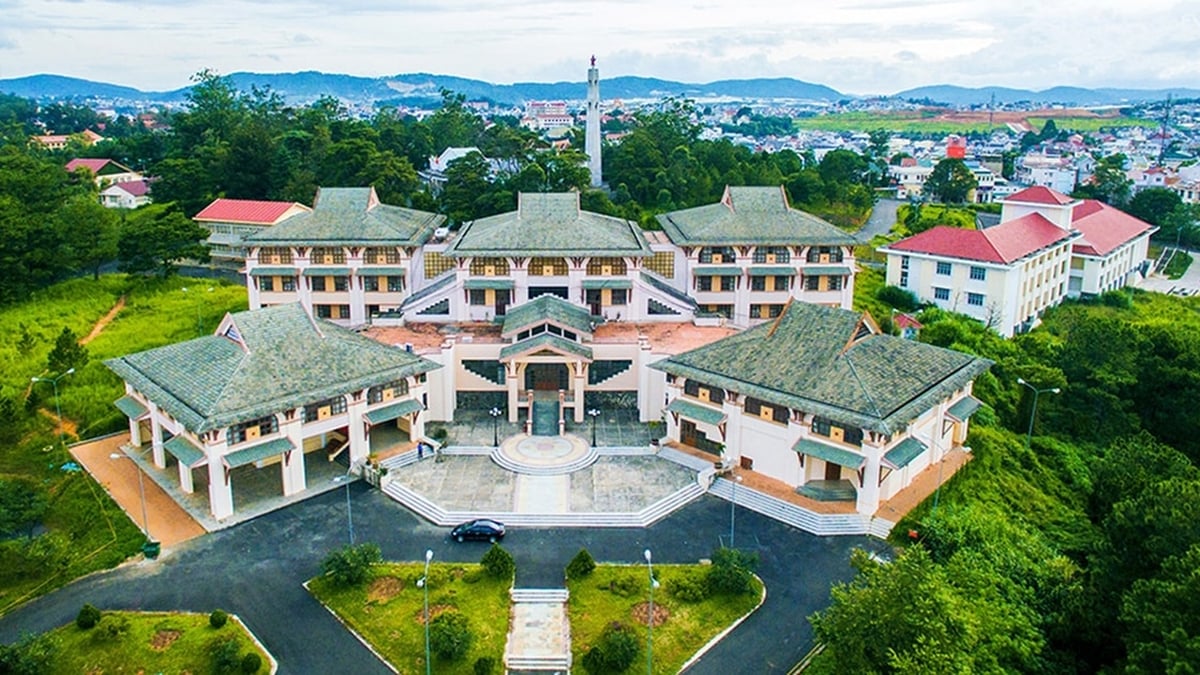
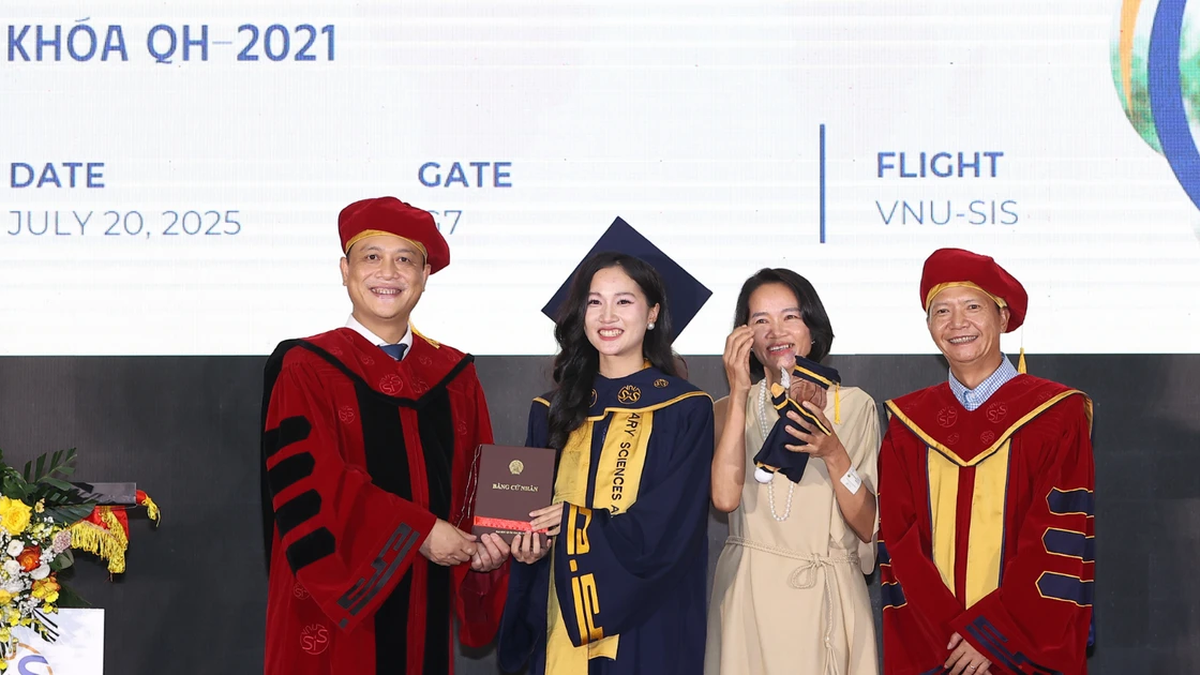

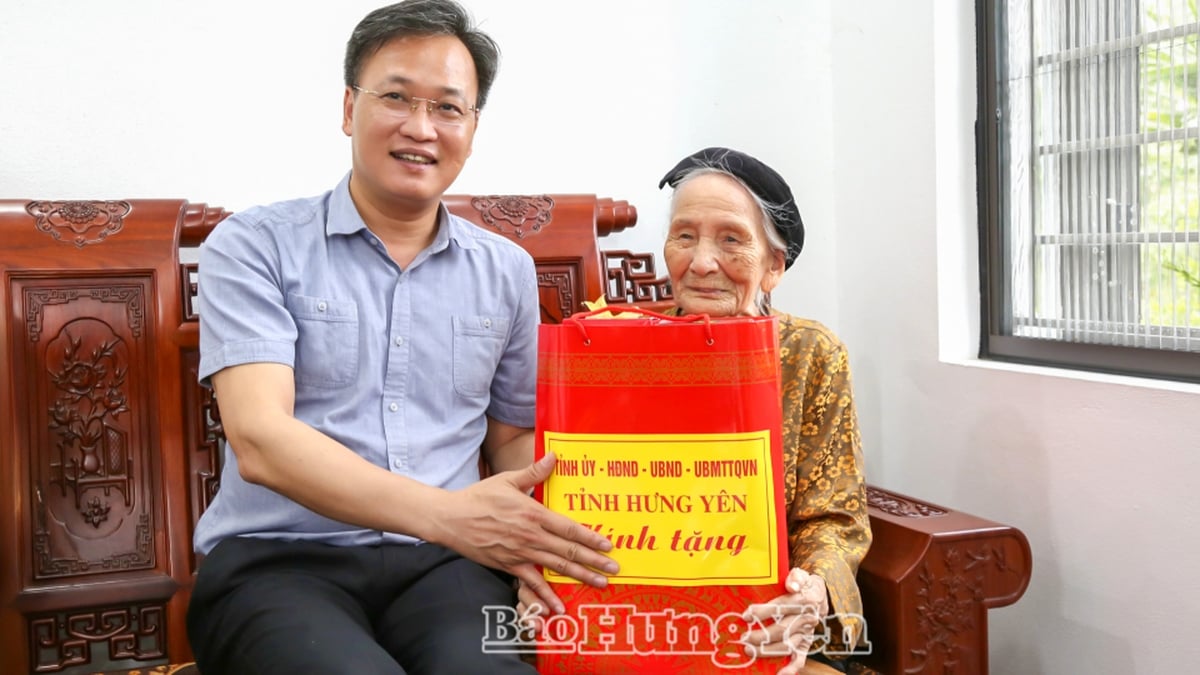
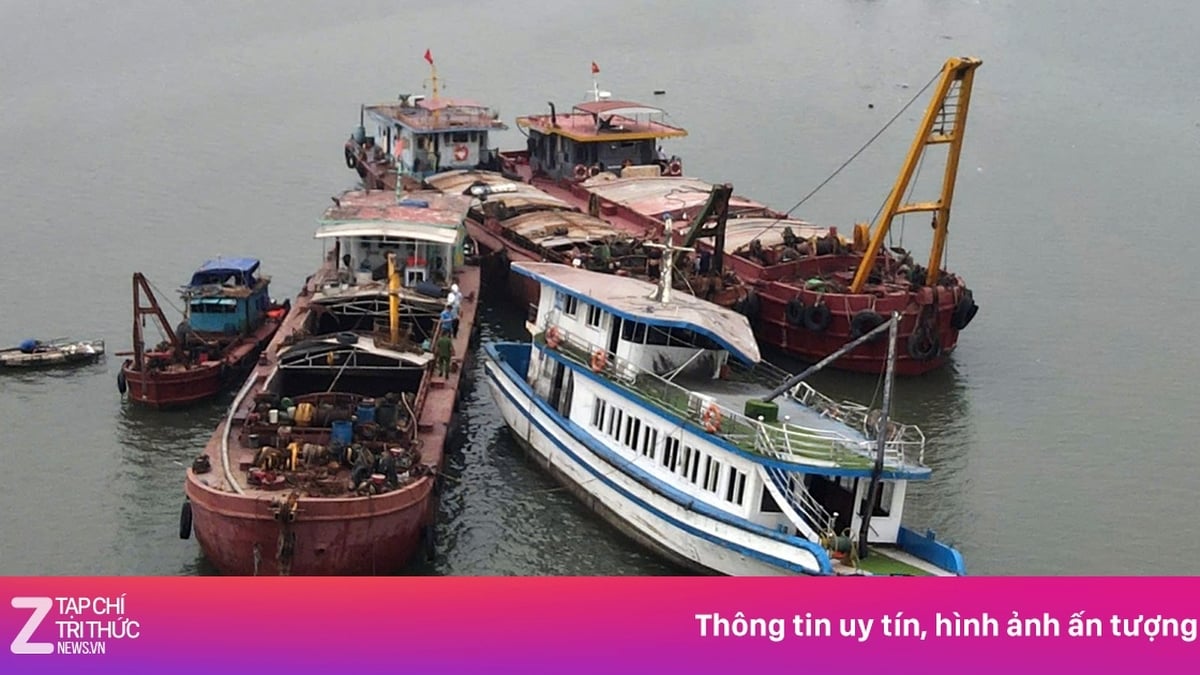
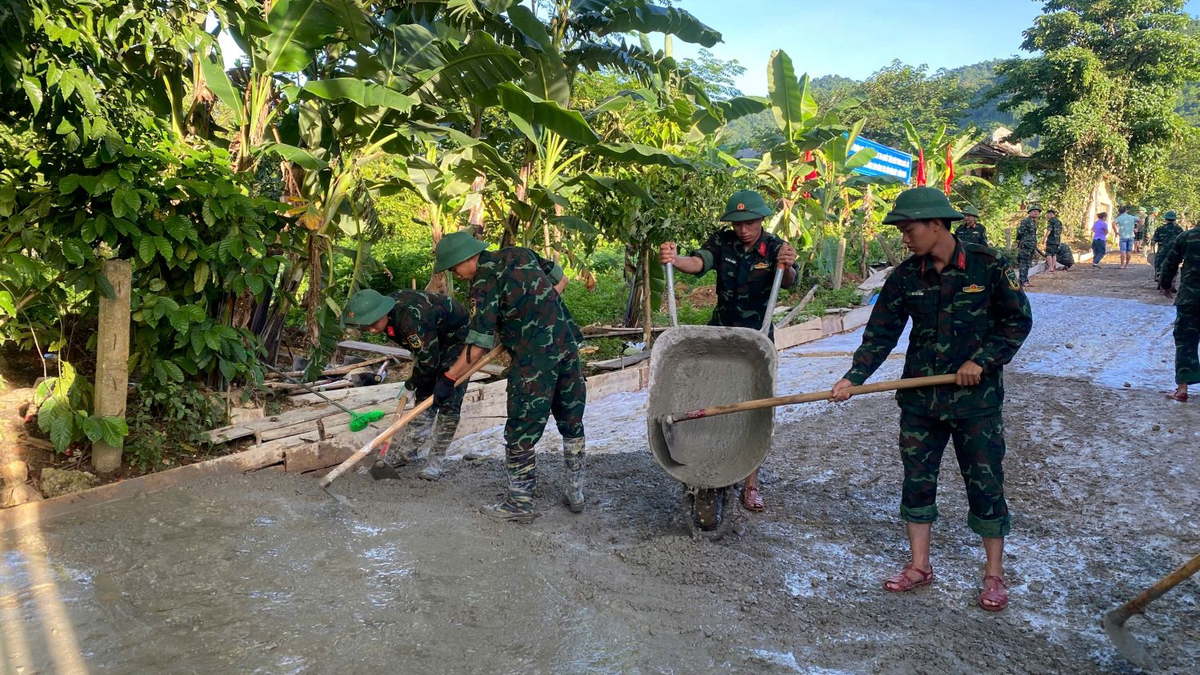
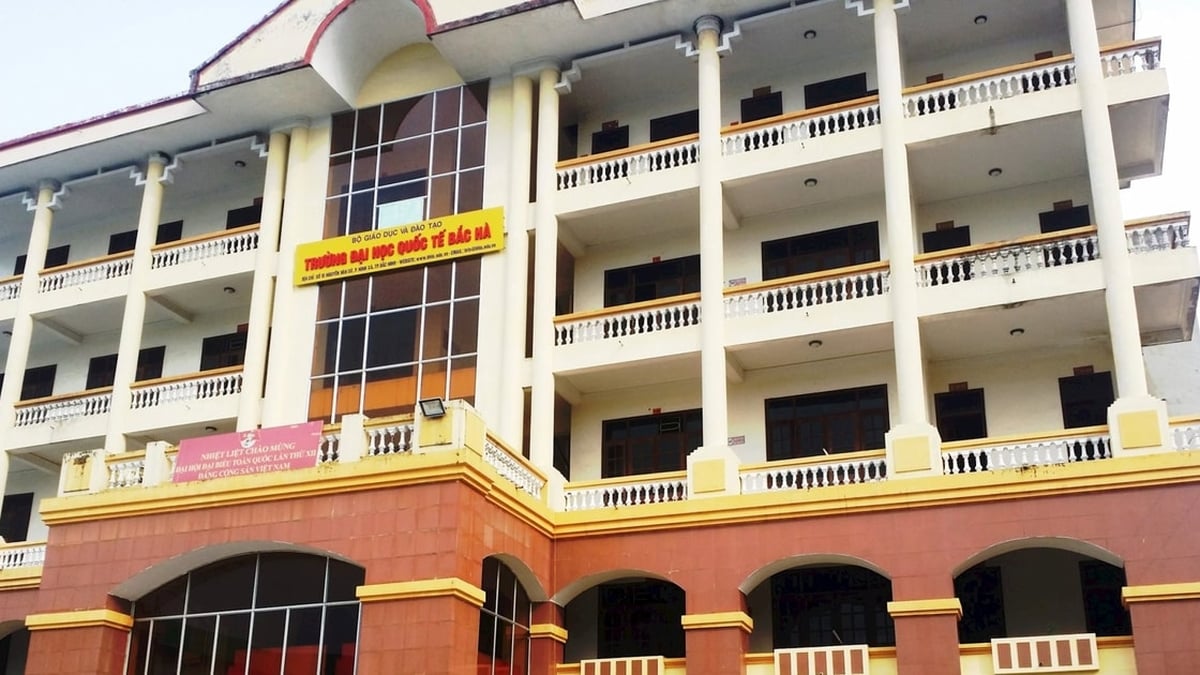
















![[Photo] National Assembly Chairman Tran Thanh Man visits Vietnamese Heroic Mother Ta Thi Tran](https://vphoto.vietnam.vn/thumb/1200x675/vietnam/resource/IMAGE/2025/7/20/765c0bd057dd44ad83ab89fe0255b783)


































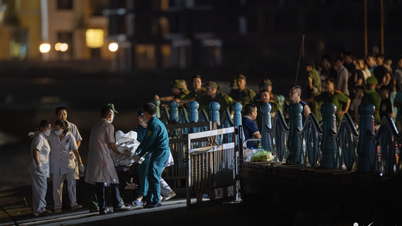
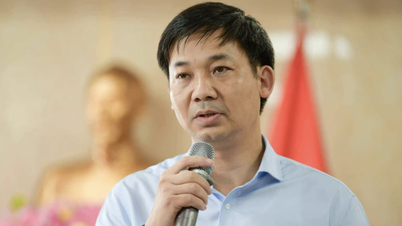
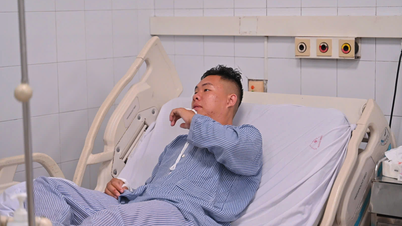
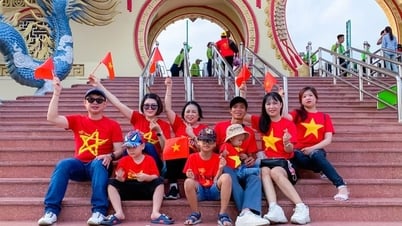


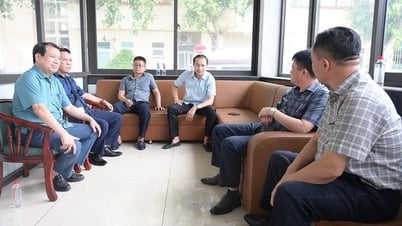



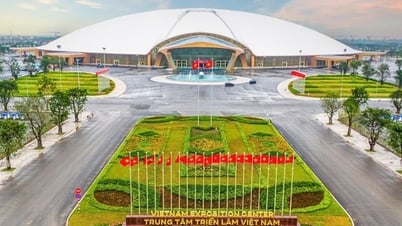























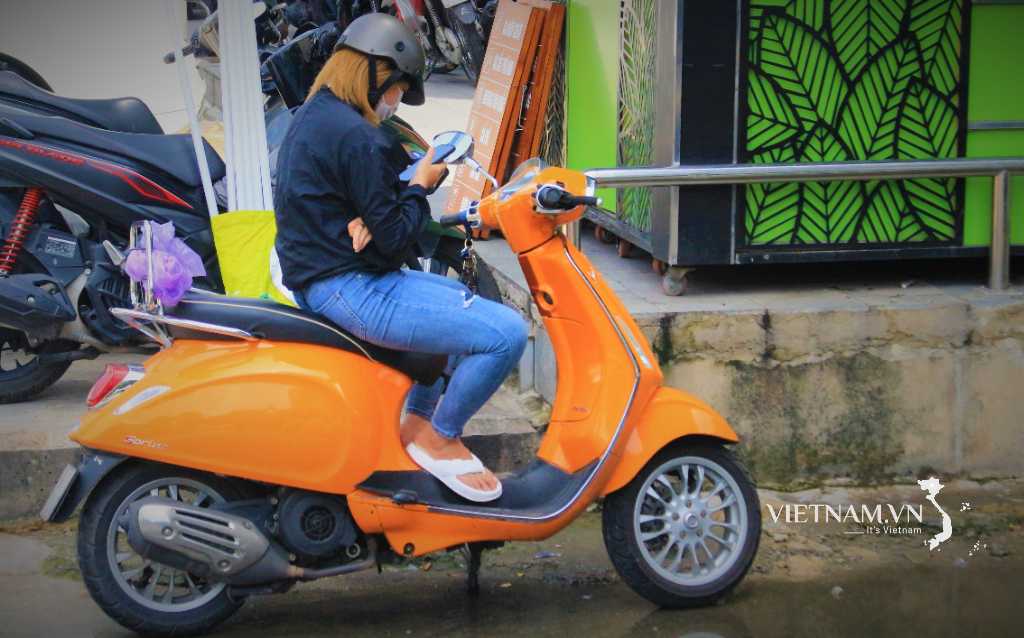
Comment (0)